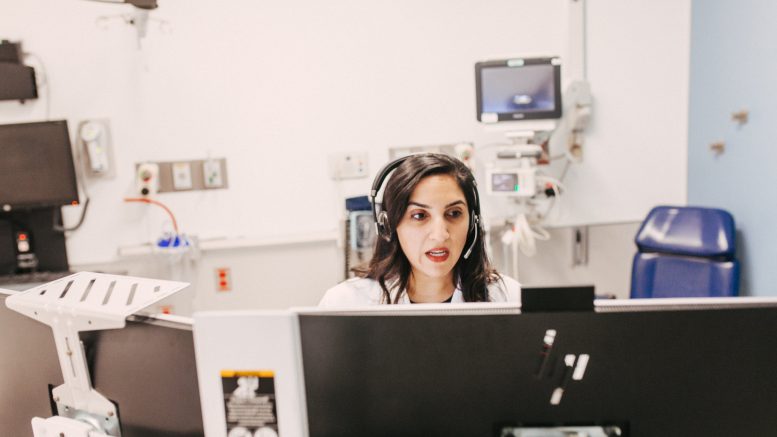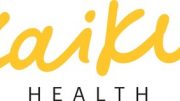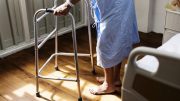In times of a public crisis where thousands of Americans are being asked to practice social distancing by staying at home, the opportunity to receive medical care through the use of telehealth and remote patient monitoring (RPM) technologies offer a promising solution.
With the recent passage of legislation allowing healthcare providers to bill Medicare fee-for-service for patient care via telehealth, it is a model that the majority of organizations are now either looking at implementing or expanding.
Using telemedicine in conjunction with RPM can streamline care delivery and benefit your healthcare organization in a number of ways – right from providing better care to patients suffering from chronic conditions such as diabetes, obesity and congestive heart failure; to mitigating costs of delivering care – it has you covered.
Problems reside in the fact that many providers get easily overwhelmed even at the thought of integrating RPM with their telemedicine platform because of how complex the entire process looks.
In this piece, we will be looking at a few crucial considerations every healthcare provider looking at integrating remote patient monitoring with their telemedicine platform must be aware of.
1) Maintaining Optimal Security at the Care Provider’s End
The ultimate goal of any RPM or telehealth solution in general is for clinicians to have access to dependable and timely patient data which can be leveraged to make informed clinical decisions. For this very reason, there will always be an endpoint device at the care provider’s end that collects and translates or assists in the interpretation of all the congregated patient data. This simply implies that issues of security surrounding this endpoint device will always arise.
Ensuring data security and compliance to regulatory requirements is one of the biggest challenges of telemedicine app development. Any healthcare software that collects, stores and/or transmits patient health information needs to be compliant to laws such as HIPAA (Health Insurance Portability and Accountability Act). This also holds true when you are developing a remote patient monitoring app or integrating remote patient monitoring devices into your existing telemedicine platform.
The use of private devices increases an organization’s susceptibility to a cyber attack. The probability of such an attack being attempted increases further if the devices aren’t managed by the information security teams and lack the required security controls.
Moreover, a telemedicine platform is almost always connected to the healthcare facility’s network which includes various components such as switches, routers, firewalls, Wi-Fi, VPNs, and, depending on the size of the business, one or more data centers, with storage systems, virtual and physical servers, and a host of other devices as well as applications.
Since all of these components are interlinked, any vulnerability arising due to an inefficiency in security controls even in one particular area can have effects across the entire IT ecosystem.
Therefore, when looking at integrating RPM with your telemedicine practice, enough thought must be put into how optimal security can be maintained at the healthcare provider’s end.
2) Leveraging Artificial Intelligence to Streamline Clinical Operations
Integrating RPM with your telemedicine platform is only going to be effective when you can derive maximum value out of the patient data these systems are gathering. This is where other state-of-the-art technological solutions come into the picture.
For one, artificial intelligence (AI) is bringing about never-seen-before transformations on the telemedicine front.
Some of the future possibilities of AI in telemedicine and remote patient monitoring include:
- AI-guided ultrasound technology is one of the latest advancements happening on the virtual care front right now and it has already received FDA approval in February, 2020. By integrating this solution with your telemedicine platform and connecting it to RPM devices, medical professionals who are not expert in ultrasonography can produce high-quality diagnostic images in real-time. Thus AI can reduce the demand on specialists while streamlining care remotely.
- Deep learning technology will soon be used to automate most manual routine tasks on the telemedicine front. It will also be used to improve diagnostics in specialties such as dermatology, radiology and pathology.
- Research on assistive robots that run on AI is already underway in Japan. With a growing aging population and increasing burden at senior living facilities, AI-enabled assistive robots can provide timely medications, help in movements around the house and alert healthcare providers in case of any accident or emergency.
- AI can also be used as a tool for triaging patients remotely and determining the urgency as well as severity of their medical condition. Based on this, emergency services can then be deployed to those patients alone who are in immediate need of attention. This considerably reduces the burden on healthcare systems and ensures everybody gets the care they need.
- Applying machine learning (ML) – a subset of AI – on large image data banks can help compare individual cases to large global data banks to furnish insights on disease trajectory, diagnosis, and treatment options. It can provide additional information by combining multiple data sources as well as individual electronic health records. In this way, AI can help address the ongoing crisis in medical imaging.
Apart from AI, there are many other technological solutions that can boost the overall efficiency of your telemedicine platform when used in conjunction with RPM. You just need to keep yourself well informed about the latest developments and what your counterparts are doing to stay ahead of the curve.
3) Considering the Patient’s Home Environment before Designing the Solution
Even though securing the patient’s home information technology environment isn’t as compound a function as securing the telehealth and RPM systems’, vendors’, or care providers’ environments, it is becoming more diverse as we speak.
Some of the most vital components of the patient’s home technology environment include cable modems, personal firewalls, PCs, laptops, tablets, smartphones, wireless routers and access points, and other smart home devices (like home security systems or appliances).
In addition to these, for certain telemedicine applications, there may also be monitoring equipment deployed in the patient’s home to either carry out diagnostic tasks (e.g., calculating glucose levels, blood pressure, BMI/weight measurement, etc.), or provide important data to patient monitoring systems that track vitals around the clock and are designed to transmit information and alerts about both the health of the patient as well as the health of the device.
While these devices may more or less be sound in and by themselves, complications may exist in the patient’s home environment, like the lack of adequate password security, lack of cybersecurity awareness, inefficient use of multi-factor authentication and lack of data encryption.
These problems often act as a pathway for an enterprising and skilful cybercriminal to gain access to critical backend systems of a supplier or possibly even a healthcare provider.
Therefore, creating a stereotype of an ideal patient’s home environment and designing the solution in a way that no ends are left unsealed can take any healthcare provider a long way in gaining maximum benefit out of RPM and Telemedicine integration.
Apart from the ones mentioned above, there are many other considerations a healthcare provider should consider when looking at integrating these two solutions.
Try educating yourself as much as you can about industry trends, the latest tech stack available in the market, what your counterparts are doing and what you can do to furnish an exceptional patient experience moving forward.





